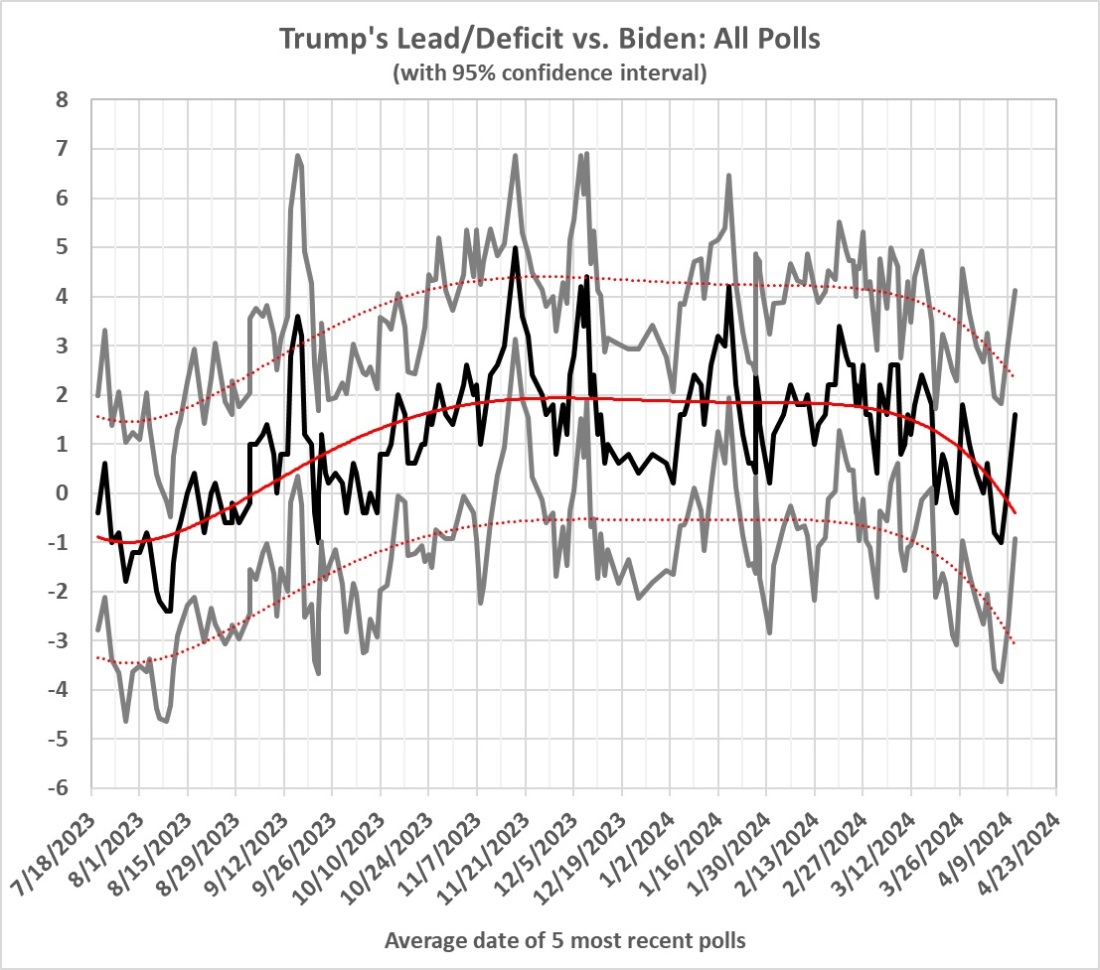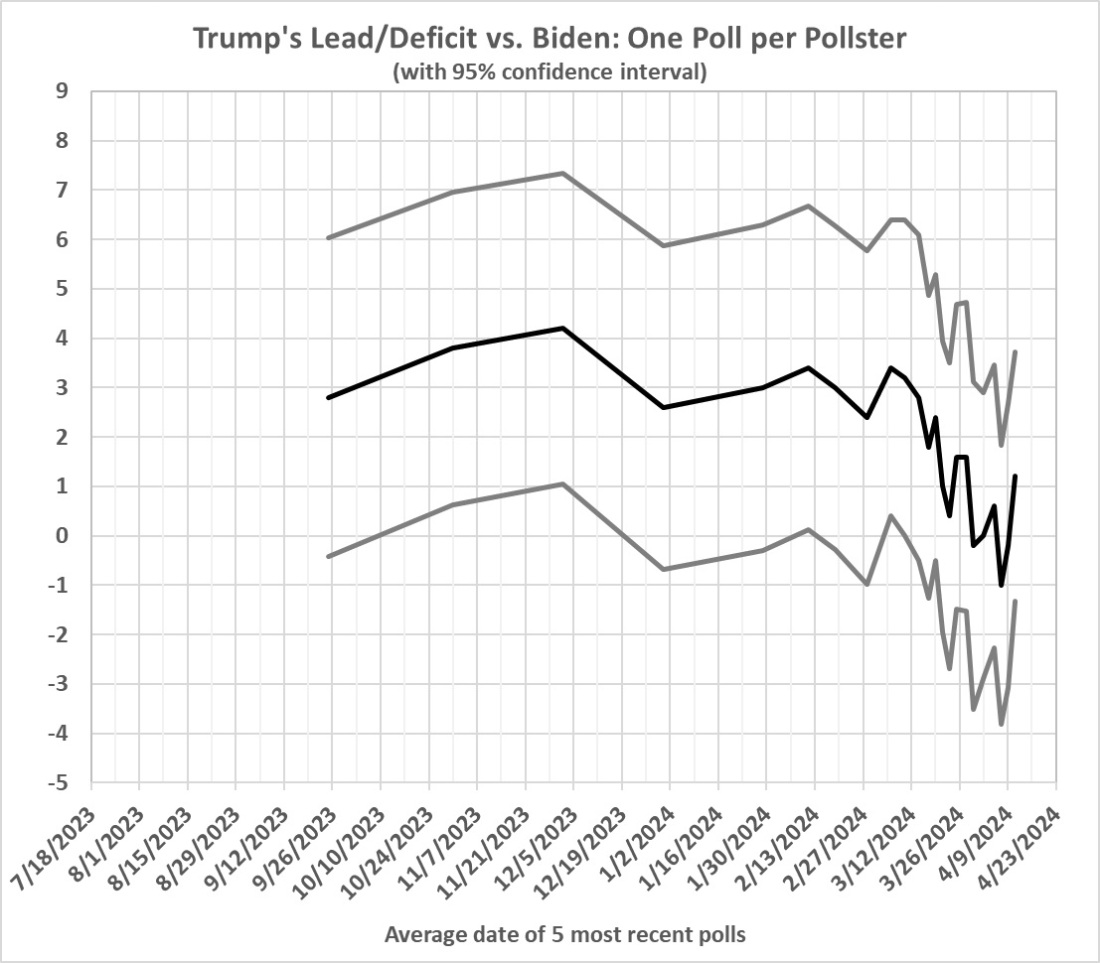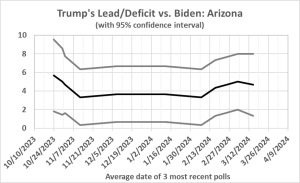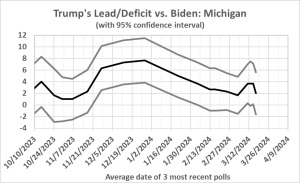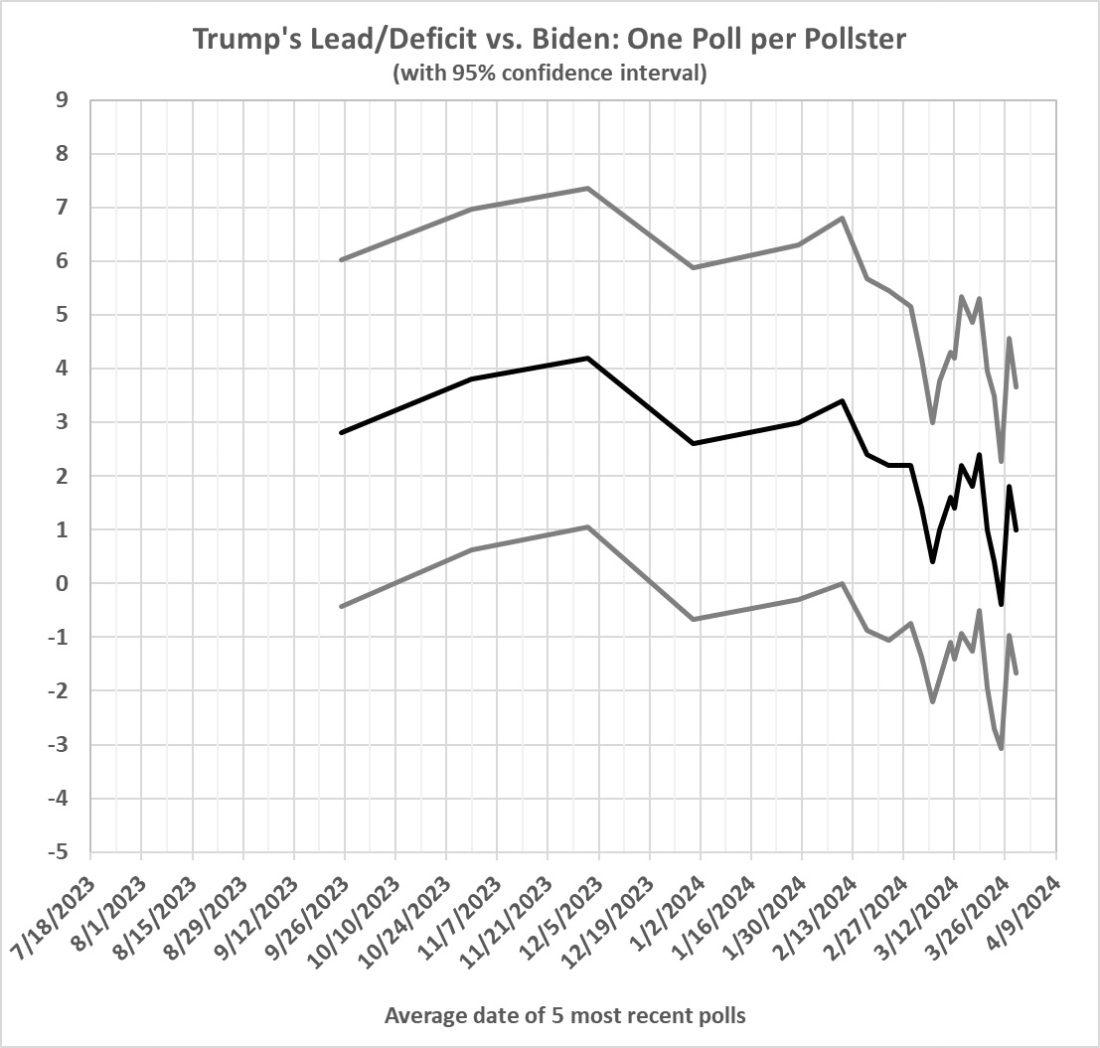David Ignatius, a columnist at The Washington Post, offers for our adulation a RAND study, “The Sources of Renewed National Dynamism” (a link in that page leads to a free, downloadable version of the study). Here is some of what Ignatius (“breathlessly”) says about it:
Though the report is mostly written in the dry language of sociology, this is explosive stuff [emphasis added]….
What has led to “the relative decline in U.S. standing,” as the report asks? The opening chapter explains America’s problem starkly: “Its competitive position is threatened both from within (in terms of slowing productivity growth, an aging population, a polarized political system, and an increasingly corrupted information environment) and outside (in terms of a rising direct challenge from China and declining deference to U.S. power from dozens of developing nations).”
This decline is “accelerating,” warns the study. “The essential problem is seen in starkly different terms by different segments of society and groups of political leaders.” There’s a right-wing narrative of decline and a left-wing one. Though they agree that something is broken in America, the two sides disagree, often in the extreme, on what to do about it.
Unless Americans can unite to identify and fix these problems, we risk falling into a downward spiral. “Recovery from significant long-term national decline is rare and difficult to detect in the historical record,” the authors note. Think of Rome, or Habsburg Spain, or the Ottoman and Austro-Hungarian empires, or the Soviet Union. “When great powers have slid from a position of preeminence or leadership because of domestic factors, they seldom reversed this trend.”
What causes national decline? The Rand authors cite triggers that are all too familiar in 2024. “Addiction to luxury and decadence,” “failure to keep pace with … technological demands,” “ossified” bureaucracy, “loss of civic virtue,” “military overstretch,” “self-interested and warring elites,” “unsustainable environmental practices.” Does that sound like any country you know?
The challenge is “anticipatory national renewal,” argue the authors — in other words, tackling the problems before they tackle us. Their survey of historical and sociological literature identifies essential tools for renewal, such as recognizing the problem; adopting a problem-solving attitude rather than an ideological one; having good governance structures; and, perhaps most elusive, maintaining “elite commitment to the common good.”
Unfortunately, on this “fix it” checklist, the Rand authors rate U.S. performance in 2024 as “weak,” “threatened” or, at best, “mixed.” If we look honestly in the national mirror, we’re all likely to share that assessment.
So what’s the way out? Rand provides two case studies in which urgent reforms broke through the corruption and disarray that might otherwise have proved catastrophic.
The first example is Britain in the mid-1800s [from which I will not quote]….
A second case study can be found in the United States itself, after the binge of the Gilded Age of the late 19th century. That industrial boom transformed America, but it created poisonous inequalities, social and environmental damage, and gross corruption. Republican Theodore Roosevelt led a “Progressive” movement that reformed politics, business, labor rights, the environment and the political swamp of corruption.
“Progressives had a ‘yearning for rebirth’ and sought to inject ‘some visceral vitality into a modern culture that had seemed brittle and about to collapse,’” note the Rand authors, quoting historian Jackson Lears.
The message of this study is screamingly obvious. America is on a downward slope that could be fatal. What will save us is a broad commitment, starting with elites, to work for the common good and national revival. We have the tools, but we aren’t using them. If we can’t find new leaders and agree on solutions that work for everyone, we’re sunk.
The first thing that you should notice is Ignatius’s persistent use of “we” and the ludicrous metaphor of a “national mirror”. There is no “we” (let alone a “national mirror”). There are many “we’s” in America — about as many as there are American citizens.
There’s certainly nothing remotely resembling a consensus about any of the topics addressed by the RAND study. Even the RAND analysts who concocted the study admit as much. But that’s the sum and substance of my praise for their work.
As a guide to the fate of the nation, the study is uselessly superficial. The fate of a nation is like a system of equations with dozens if not hundreds of variables whose values and interrelations are unknown and mostly unknowable. The authors even admit to the omission of what is probably a key variable:
[T]he wider project identifies many ways in which flourishing markets and grassroots (rather than centrally directed) solutions are essential to national competitiveness and parallel ways in which ossifying centralized bureaucracy can choke off national dynamism [p. 42].
Aside from the obvious fact that there is and is unlikely to be a consensus about how to save America, no study of the kind produced by RAND could be useful. Case studies reflect the biases of those who conduct them.
The authors of the RAND study evidently believe that the Progressive movement was responsible for some kind of national resurgence. But the Progressive movement was largely about the aggrandizement of the central government and the proliferation of regulations, both of which have slowed slightly a few times but have never been seriously reversed. There is statistical evidence that the Progressive movement and its aftermath choked economic dynamism (see “The Bad News about Economic Growth“), though the full effect of efforts to combat “climate change” is yet to be felt.
There is ample (and mounting) evidence in the news of the past few decades that government intervention in social and educational matters (the leftist takeover of public education, same-sex marriage, gender fluidity, anti-religious, racist in the guise of “anti-racism”, etc.) is deeply divisive and therefore an obstacle to any kind of revitalization through consensus.
America’s economic decline and social divisions are paralleled by its military decline at the hands of “liberals” and pseudo-conservatives (e.g., the Bushes). I will say little more here; I treat the subject at length in “Grand Strategy for the United States“. I will only add that military decline is of a piece with economic and social decline because it rests on the naive view of the world that is enshrined in leftism and indulged by pseudo-conservativism. (I address that worldview in “Human Nature and Conflict“.)
In a non-naive view of the world, there are four major signs of America’s decline:
- deep internal divisions about the role of government (the deepest they have been in my lifetime of more than 80 years)
- deep internal divisions about permissible behavior and the lax treatment of (what real grown-ups consider) anti-social behavior — from drug use to murder and many heinous things in between
- the aforementioned loss of economic vitality
- decline of standing (including but not limited to military predominance) among other nations.
Because of the internal divisions — in particular, the division about the role of government — there is no way for government (or elites who are identified with a particular view about the role of government) to unify the nation. As long as the government is large, intrusive, and dedicated to certain behavioral norms (e.g., rewards and lack of punishment for its favored groups, the demolition of long-standing social norms), stultifying economic policies, and inadequate or even abject defense policies — and as long as government pursues those norms and policies (and imports potential voters to sustain it in power) — the nation will remain deeply divided.
There is a way out, though it is a long shot at this point. If more and more Americans come understand what is happening to the country and come to understand why it is happening, there could be a kind of revolution at the polls. The revolution would consist of such an overwhelming and lasting turn to the right that the vast left-wing conspiracy would not be able to overcome it through chicanery.
A second way out, which is a longer shot, is de facto secession leading to a voluntary partition of the country (a national divorce). The de facto secession would begin subtly, with more and more States refusing to acknowledge the legitimacy of directives from Washington (e.g., Texas enforces the southern border, Florida and others ignore Biden’s Title IX travesty). If the Democrats in Washington prove unwilling to enforce their directives with armed force (as they haven’t thus far in Texas), further disobedience would be encouraged and it would spread to more and more States and a broader array of issues. Finally despairing of keeping the right in check — especially as geographic separation of right and left proceeds apace — the left might agree to (or even suggest) a negotiated partition of the country. (See VI.A and B in “Constitution: Myths and Realities“. See also “The Supreme Court Recognizes the Legality of Secession“.)
There is, of course, the possibility of a civil war. I address it — and its likely failure — in “How Will Civil War II Start?“. The predicate in that post is Donald Trump’s losing the election of 2024, though that now seems less likely to me than it did only a few months ago (see “Trump vs. Biden: 12“). But if Democrats retain control of the central government (a necessary prerequisite),
all hell will break loose. By “all hell”, I mean the full-scale construction of a fascistic state, which will be accomplished by executive fiat and friendly judges even if the GOP somehow controls at least one chamber of Congress….
All hell having broken loose, (solid) Red State governors and legislatures will engage in acts of resistance of the legalistic variety. These will fail because (a) their success would require judicial support, which will be lacking, and (b) the Democrat administration will simply ignore rulings that are unfavorable to its agenda. (The Biden administration’s flouting of immigration law, work-arounds to blunt the effect of Dobbs, and refusal to protect conservative Supreme Court justices’ homes are harbingers of the lawlessness to come.)
Red State hot-heads will then be unable to resist the urge to engage in futile acts of violence against the regime. The effect will be to justify harsh “anti-terroristic” measures that will result in unbridled censorship and jailing of conservatives for the mere “crime” of pointing out the regime’s lawlessness. But that would just be the start of full-scale suppression of dissent.
Red State governments that try to resist the regime will be found to be unconstitutional according to some kind of legalistic argumentation. The central government will then declare them null and void, invoking the Constitution: “The United States shall guarantee to every State in this Union a Republican Form of Government….” (Article IV, Section 4). Armed resistance, where it is attempted, will be squashed by superior force and rewarded with draconian punishments.
So … the answer to the question posed by the title of this post is that Civil War II won’t start. It will be aborted by the pro-abortion party.
That scenario won’t be far-fetched if Biden wins re-election — especially if his win is blatantly fraudulent.
There is, finally, the remote possibility of a military coup against a left-wing regime. Here is my assessment of that (from “A National Divorce“):
Military personnel are disciplined and have access to the tools of power, and many of them are trained in clandestine operations. Therefore, a cadre of properly motivated careerists might possess the wherewithal necessary to seize power.
But … a plot to undertake a coup is easily betrayed. Among other things, significant numbers of high-ranking officers are shills for “wokeism”. A betrayed coup for liberty could easily become a coup for tyranny.
America can be saved and restored, at least in part, to something like the America that I discuss in “What Happened to America?” and “1963: The Year Zero“. But it will happen only if enough voters wake up to what is happening and stage a lasting electoral revolution. And if they do, “we” on the right might enjoy the blessings of a national divorce.
I remain pessimistic but not without hope.











